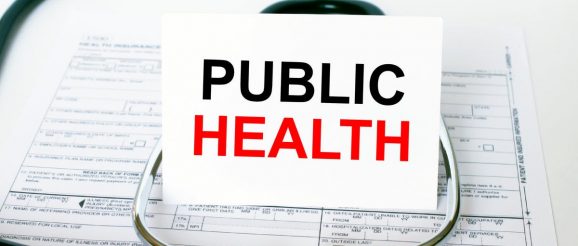ONC HITAC Recommendations Feed Cross-Agency Public Health Data Work | Healthcare Innovation

In July a task force of the Office of the National Coordinator for Health IT issued a report that included 22 recommendations related to public health data systems, infrastructure and standards. Now those recommendations are being considered by a federal cross-agency task force that’s being driven by President Biden’s executive order to ensure a data-driven response to high-consequence public health threats.
During a press conference on Sept. 9, National Coordinator Micky Tripathi said the recommendations from the ONC Health Information Technology Advisory Committee’s Public Health Data Systems Task Force “were enormously helpful and pretty expansive.”
Among the recommendations were that “ONC should work with federal partners to create a preparedness plan and data standards for collecting information from within the health ecosystem during public health emergencies. The plan should enable public health to receive all necessary information while minimizing implementation and maintenance burden on all parties.”
HITAC also recommended that ONC should work with federal partners to “create a health data ecosystem plan that fully supports public health during response to high-consequence public health threats. The plan should create a healthcare paradigm shift where public health is a full partner and integral part of the healthcare ecosystem; changes implemented in healthcare should include a public health lens at the outset to ensure individual as well as population health needs are met and met in a manner that ensures health equity issues are captured comprehensively, respectfully, and illuminated by the data.”
Tripathi said that the ONC and the Centers for Disease Control are working together on high-priority elements that relate directly to some of the HITAC recommendations and findings. Tripathi added that they are thinking about what a public health architecture of the future would look like — something that would be like an enterprise architecture that could create more consistency across jurisdictions in the way that implementations happen. “Right now, there’s a tremendous amount of heterogeneity across the jurisdictions,” he said, in part because state governments control much of what happens in public health. “But there still may be opportunities for us to be able to think about more enterprise types of approaches to architecture that will provide greater consistency in the way data is captured, the way data is stored, and the ability to have sharing of tools and analytics,” Tripathi explained, but still preserves the opportunity to allow local control by the jurisdiction of their data, and their applications.
Another area of exploration, he added, is the creation of a public health data model, building on the framework of the U.S. Core Data for Interoperability (USCDI), which Tripathi described as a minimum data set for the healthcare delivery system.
A third area of focus is developing a FHIR roadmap with the CDC. “We’ve been doing a lot of work pushing and promoting FHIR and making sure that it’s available in the market as rapidly as possible,” he said. “The CDC has specific use cases that may lend themselves to FHIR-based approaches and FHIR-enabled technologies. A FHIR roadmap for public health could also be a part of a FHIR accelerator project with HL7 in the future.
A fourth topic under consideration, Tripathi added, is the role of TEFCA (the Trusted Exchange Framework and Common Agreement). “How do we have public health be a direct participant in nationwide interoperability networks? They don’t participate today in Carequality or the Commonwell Health Alliance. How do we use TEFCA as a way of enabling public health to be a direct participant in that so they’re not standing on the sidelines trying to get clinical data at a time of national and global emergency such as we’ve had and still having this pandemic?”
Tripathi also was asked whether the public health data systems work group he is co-chairing with the CDC was considering the idea that public health data systems should be certified in the way that EHRs are. “We’re certainly looking at it, for sure,” he said, noting that public health departments can actually certify their systems today, for certain modules. A few states have put specific modules through ONC’s EHR certification program, but they’re not required to. While it is certainly something that we’re considering,” he said, “there are all sorts of questions about authorities, and whether that would impose a huge burden on the jurisdictions.”
